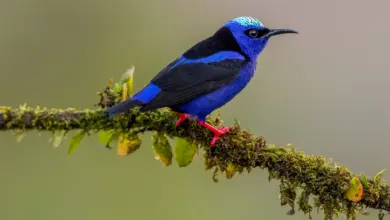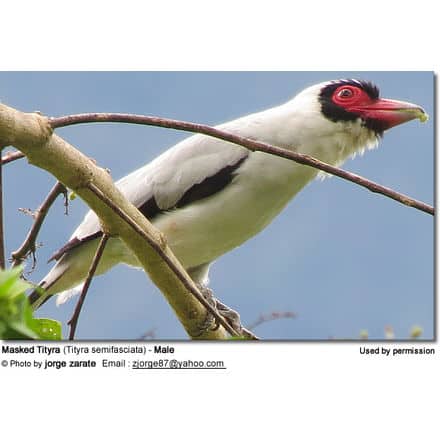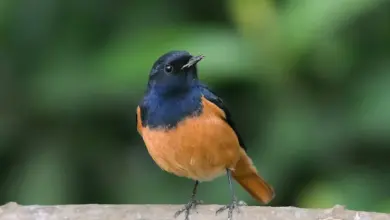Gannets
Gannets are large black and white seabirds, with long pointed wings and long bills. Northern gannets are the largest seabirds in the North Atlantic, with a wingspan of up to 2 metres. The other two species occur in the temperate seas around southern Africa and southern Australia and New Zealand.
Diet / Feeding
Gannets hunt fish by diving from a height into the sea and pursuing their prey underwater. Gannets have a number of adaptations which enable them to do this:
- They have no external nostrils;
- They have air sacs in their face and chest under their skin which act like bubble-wrap, cushioning the impact with the water;
- Their eyes are positioned far enough forward on their face to give them binocular vision, allowing them to judge distances accurately.
Gannets can dive from a height of 30 m, achieving speeds of 100 km/h as they strike the water, enabling them to catch fish much deeper than most airborne birds.
The gannet’s supposed capacity for eating large quantities of fish has led to “gannet” becoming a disapproving description of somebody who eats excessively, similar to “glutton.”.
Mating and nesting:
Gannets are colonial breeders on islands and coasts, which normally lay one chalky blue egg. It takes five years for gannets to reach maturity. First-year birds are completely black, and subsequent sub-adult plumages show increasing amounts of white.
The most important nesting ground for Northern gannets is the United Kingdom with about two thirds of the world’s population. These live mainly in Scotland and the Shetland Isles. The rest of the world’s population is divided between Canada, Ireland, Faroe Islands and Iceland, with small numbers in France (they are often seen in the Bay of Biscay), the Channel Islands and Norway. The biggest Northern gannet colony is in the Scottish islands of St Kilda; this colony alone comprises 20% of the entire world’s population. Bass Rock in the Firth of Forth is also famous for its large gannet population.
Systematics and evolution:
The three gannet species are now usually placed in the genus Morus, Abbott’s Booby in Papasula, and the remaining boobies in Sula, but some authorities believe that all nine sulid species should be considered congeneric, in Sula. At one time, the gannets were considered to be a single species.
- Northern Gannet, (also known as “Solan Goose”), Morus bassanus
- Cape Gannet, Morus capensis
- Australasian Gannet, Morus serrator
Most fossil gannets are from the Late Miocene or Pliocene, a time when the diversity of seabirds in general was much higher than today. It is not completely clear what caused the decline in species at the end of the Pleistocene; increased competition due to the spread of marine mammals and/or supernova activity which led to mass extinctions of marine life are usually assumed to have played a role.
The genus Morus is much better documented in the fossil record than Sula, though the latter is more numerous today. The reasons are not clear; it might be that boobies were better-adapted or simply “lucky” to occur in the right places for dealing with the challenges of the Late Pliocene ecological change, or it could be that many more fossil boobies still await discovery. Notably, gannets are today restricted to temperate oceans while boobies are also found in tropical waters, whereas several of the prehistoric gannet species had a more equatorial distribution than their congeners of today.
Fossil species of gannets are:
- Morus loxostylus (Early Miocene of EC USA) – includes M. atlanticus
- Morus olsoni (Middle Miocene of Romania)
- Morus lompocanus (Lompoc Late Miocene of Lompoc, USA)
- Morus magnus (Late Miocene of California)
- Morus peruvianus (Pisco Late Miocene of Peru)
- Morus vagabundus (Temblor Late Miocene of California)
- Morus willetti (Late Miocene of California) – formerly in Sula
- Morus sp. (Temblor Late Miocene of Sharktooth Hill, USA: Miller 1961) – possibly M. magnus
- Morus sp. 1 (Late Miocene/Early Pliocene of Lee Creek Mine, USA)
- Morus sp. 2 (Late Miocene/Early Pliocene of Lee Creek Mine, USA)
- Morus peninsularis (Early Pliocene)
- Del Rey Gannet, Morus reyanus (Late Pleistocene of W USA)



